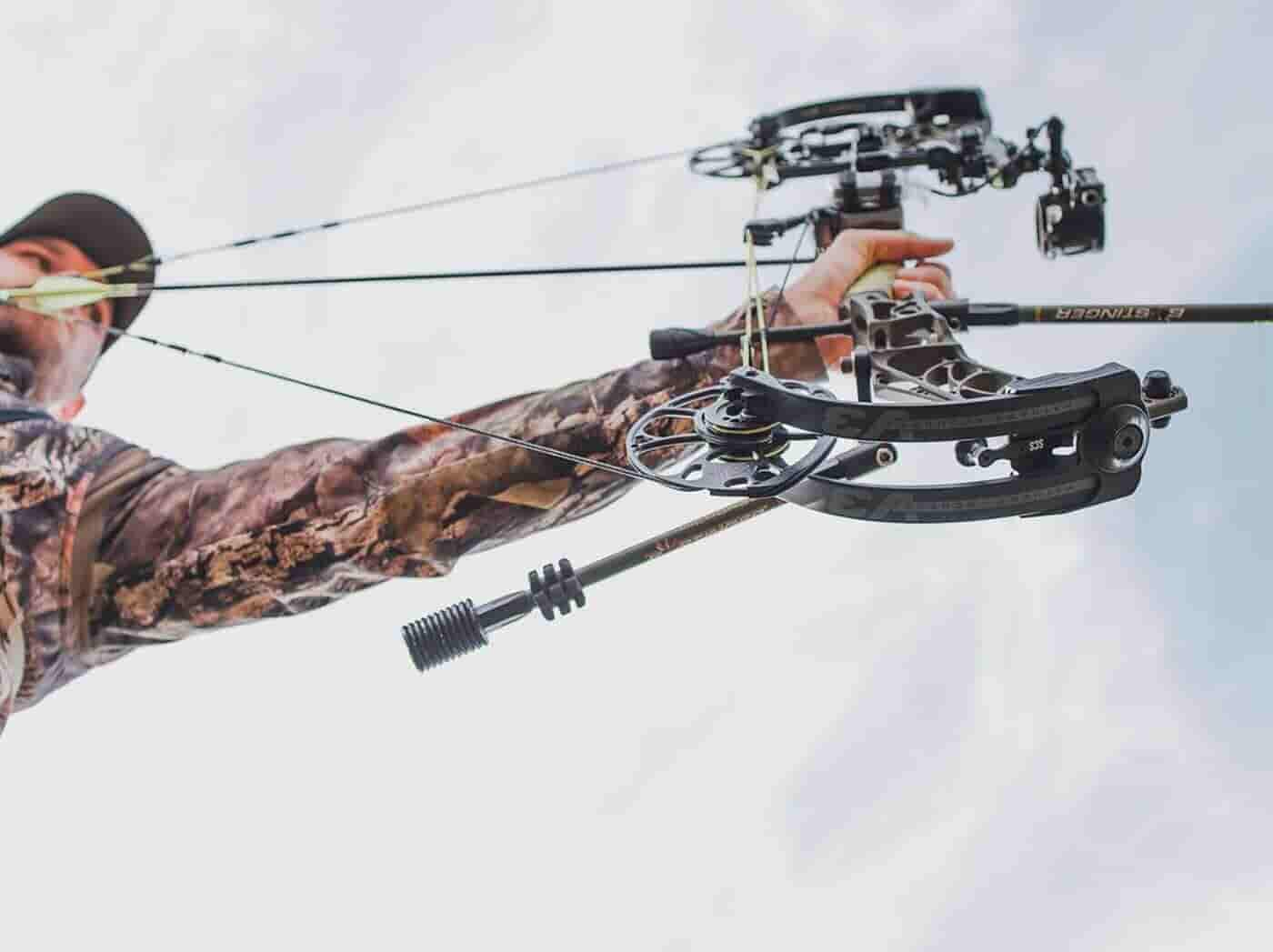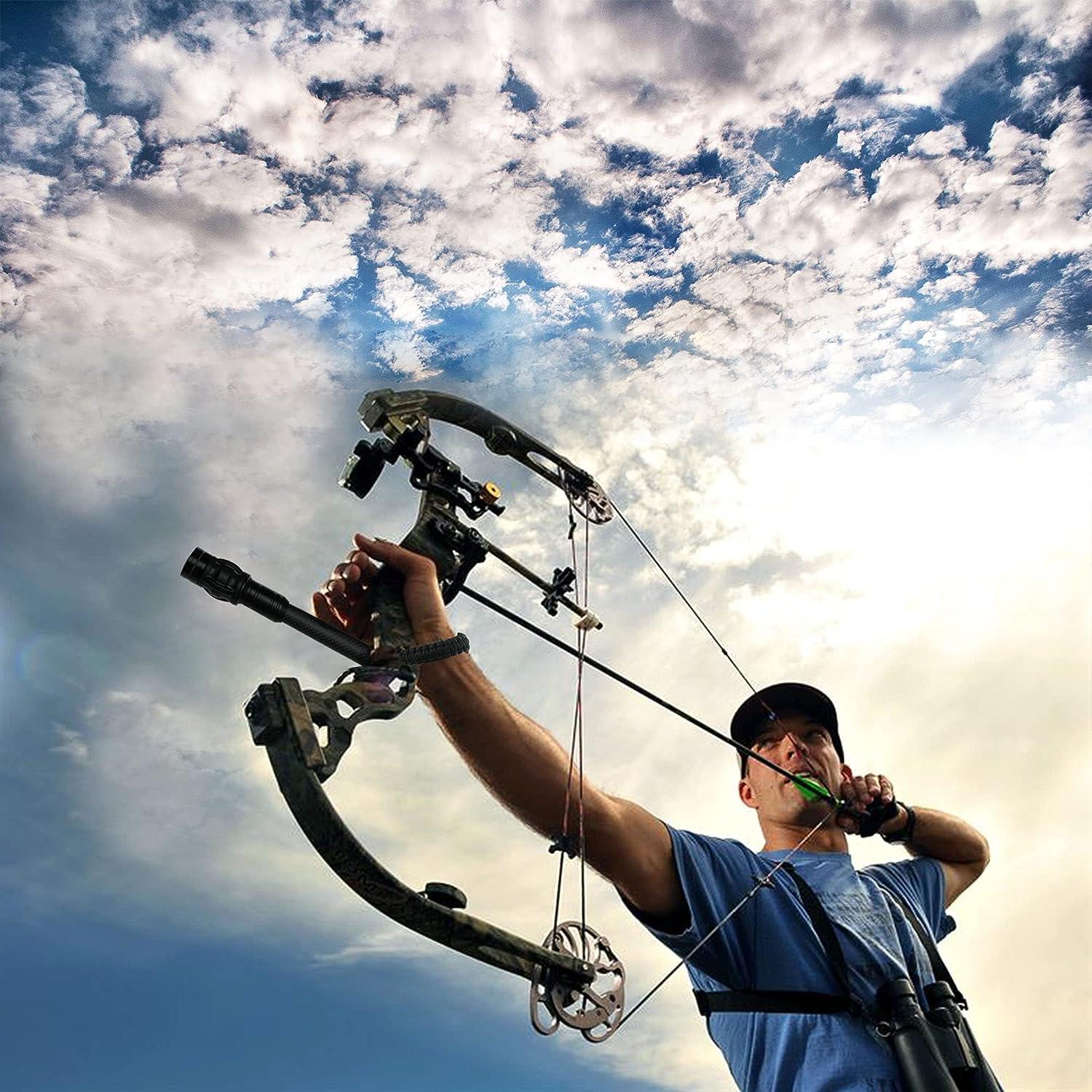Exploring Archery Stabilizers: Finding the Perfect Fit
Exploring Archery Stabilizers: Finding the Perfect Fit
Blog Article
Master the Art of Archery: Understanding the Value of a Stabilizer in Your Configuration
Whether one is an experienced archer or simply starting their journey, the importance of a stabilizer in their configuration can not be overstated. By comprehending the benefits of making use of a stabilizer, considering the ideal elements when selecting one, and appropriately installing and adjusting it, archers can raise their skills to new heights.
The Function of a Stabilizer in Archery
A stabilizer plays a vital duty in archery by enhancing equilibrium and lowering resonances during the shot. When an archer draws the bowstring and launches it, there is a transfer of energy that can trigger the bow to shake. These vibrations can negatively affect the precision of the shot. Nonetheless, a stabilizer helps to combat these resonances by soaking up and dissipating the energy.
One of the primary benefits of a stabilizer is its capacity to enhance balance. The weight of the stabilizer aids to distribute the weight equally, minimizing the stress on the archer's arm and enhancing stability.
In enhancement to balance, a stabilizer likewise aids to reduce torque. The weight and style of a stabilizer counteract this rotation, making sure a much more consistent and exact shot.
Benefits of Using a Stabilizer
The utilization of a stabilizer in archery supplies many advantages that enhance an archer's efficiency and general shooting experience. To start with, a stabilizer assists to decrease the resonances generated upon release of the arrow. These vibrations can trigger the bow to torque or spin, leading to inaccurate shots. By soaking up and moistening these resonances, the stabilizer boosts the stability of the bow, enabling more accurate and consistent shots.
Secondly, a stabilizer aids to stabilize the bow by including weight to the front end. This weight distribution combats the natural tendency of the bow to tip onward upon launch, decreasing the quantity of motion and boosting the archer's ability to preserve purpose on target.

Lastly, a stabilizer can additionally work as a shock absorber, lowering the shock and recoil experienced upon launch. This not only improves the convenience of capturing however also minimizes the threat of injury or strain on the archer's body.
How a Stabilizer Boosts Accuracy
Enhancing the precision of an archer's shots, a stabilizer plays an essential role in enhancing overall performance. archery stabilizer. By including security to the bow, a stabilizer aids lessen the undesirable motion and resonance that can occur throughout a shot. This decrease in movement enables the archer to maintain a constant aim, resulting in more precise and regular shots

Furthermore, a stabilizer aids to dampen resonances that take place upon release. These vibrations can create the acquiesce shake, affecting the arrowhead's trajectory and accuracy. By absorbing and dissipating these vibrations, a stabilizer helps to keep the bow's stability and guarantee a smooth and accurate shot.
Additionally, a stabilizer can likewise aid in stabilizing the weight distribution of the bow (archery stabilizer). By including weight to the front of the bow, a stabilizer assists to stabilize the weight of accessories, such as views or quivers, which may be connected to the bow. This balanced weight circulation assists the archer maintain a consistent and controlled shooting setting, leading to boosted precision
Elements to Take Into Consideration When Picking a Stabilizer
When picking a stabilizer for your bow, it is essential to take into consideration several factors that will add to its overall efficiency and suitability for your specific capturing design. The first factor to consider is the size of the stabilizer.
An additional factor to consider is the weight of the stabilizer. The weight of the stabilizer can affect the balance of your bow.
Additionally, it is necessary to think about the style and building and construction of the stabilizer. Some stabilizers have flexible attributes, go now such as flexible size or flexible weights, which permit you to personalize the stabilizer to your certain requirements. The materials made use of in the building click this of the stabilizer can additionally affect its effectiveness. Carbon fiber stabilizers are resilient and lightweight, while light weight aluminum stabilizers use a balance in between weight and strength.
Different stabilizers might function much better for certain shooting designs, such as target shooting or searching. It is a good idea to consult with experienced archers or specialists to determine which stabilizer will certainly finest suit your specific requirements.
Tips for Properly Mounting and Adjusting a Stabilizer
Proper installation and modification of a stabilizer is essential for maximizing its performance and ensuring ideal capturing accuracy. When setting up a stabilizer, it is vital to comply with a couple of vital steps to guarantee its effectiveness. First, establish the appropriate length of the stabilizer based upon your shooting design and choices. Longer stabilizers provide more stability however can be much less maneuverable, while shorter stabilizers provide boosted ability to move yet may compromise security. As soon as you have actually picked the ideal size, affix the stabilizer to the bow using the supplied installing equipment. Make certain that the stabilizer is firmly fastened and aligned with the bow's riser.
After setting up the stabilizer, it is necessary to make adjustments to accomplish the desired equilibrium and shot uniformity. Begin by readjusting the weight circulation along the stabilizer. This can be done by including or removing weights from the stabilizer's weight system. Experiment with various weight configurations to find the equilibrium that works best for you. In addition, think about adjusting the angle of the stabilizer to fine-tune the shot. A mild ahead or backward tilt can influence the bow's balance and exactly how it reacts throughout the shot.

Conclusion
To conclude, a stabilizer plays a vital duty in archery by boosting precision and lowering bow torque. By adding weight to the bow, it helps to support the shot and balance. When you can look here choosing a stabilizer, aspects such as product, size, and weight must be considered to meet individual needs. Proper installment and adjustment of the stabilizer are likewise necessary for ideal performance. Mastering the usage of a stabilizer can greatly enhance the archer's ability and accuracy.
Furthermore, a stabilizer can also assist in stabilizing the weight distribution of the bow. By including weight to the front of the bow, a stabilizer helps to stabilize the weight of accessories, such as sights or quivers, which may be affixed to the bow. Some stabilizers have adjustable functions, such as adjustable size or adjustable weights, which permit you to personalize the stabilizer to your particular demands. Carbon fiber stabilizers are long lasting and light-weight, while aluminum stabilizers provide a balance between weight and strength.
Longer stabilizers provide more stability yet can be much less maneuverable, while much shorter stabilizers offer raised ability to move however may give up stability.
Report this page